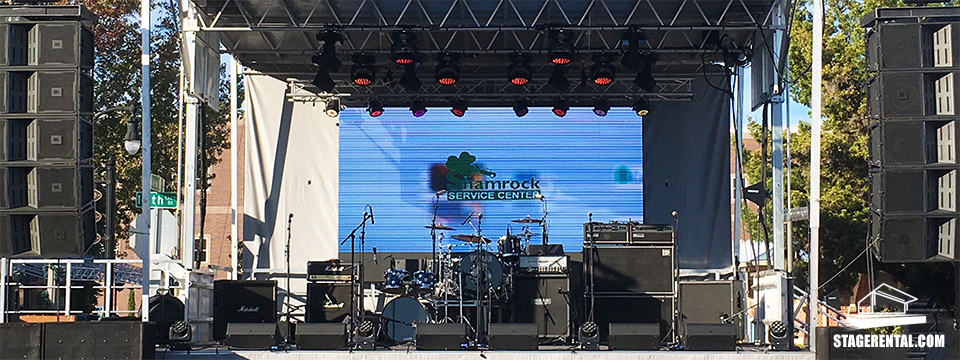Examining the Essential Factors That Affect Luminance in Light Emitting Diode Display Panels
Examining the Essential Factors That Affect Luminance in Light Emitting Diode Display Panels
Blog Article
LED wall panels are increasingly popular for both advertising and entertainment due to their bright and vibrant images. Grasping the elements that affect the brightness of these panels is essential for manufacturers and buyers alike. Luminosity is typically gauged in nits, which shows how much light is emitted from the area of the screen. Numerous key elements contribute to the overall brightness, including the kind of LED used, the quality of the screen materials, and the power supplied to the screen.
The type of LED component used in a wall panel plays a crucial role in its luminosity. Various LEDs emit varying levels of lumens, which measure the amount of illumination visible to the mortal eye. Premium chips, such as those made using advanced technology, can produce brighter illumination with greater effectiveness. Furthermore, the color temperature of the LED also affects apparent brightness. For instance, colder hue temperatures (higher K values) can appear brighter than hotter ones, even at the identical lumen level. This feature is important for applications where clarity is important, such as in outdoor promotion.
The materials used in the building of Light Emitting Diode panel panels also affect their luminosity. The type of foundation and coating materials can affect how much light is conducted versus how much is taken in or scattered. For example, a screen made with high-quality clear glass will permit more illumination to pass through Continue Reading than one made with lower-grade materials. Additionally, the configuration of the panel, including its thickness and the layout of the LEDs, can improve or diminish luminosity by affecting how illumination is distributed across the panel.
The energy supply provided to the Light Emitting Diode wall screens is another key element in establishing brightness. Each Light Emitting Diode chip has a particular voltage and electric flow need for optimal performance. If the energy source falls short, the luminosity of the panel will diminish. Conversely, supplying too additional resources much power can lead to excessive heat and reduced durability of the LEDs. Therefore, ensuring a consistent and adequate energy supply is essential for realizing uniform luminosity levels. This is particularly important in dynamic screens, where brightness may need to be adjusted for varied lighting conditions.
Lastly, environmental elements can affect how brightness is viewed. Ambient light conditions play a major role in how bright an Light Emitting Diode wall panel looks. In luminous daylight, for example, a panel with a reduced brightness level may struggle to be seen clearly, while a more luminous panel can be prominent more effectively. Additionally, the perspective from which the panel is viewed can affect luminosity perception due to how illumination reflects off surfaces. Understanding these elements helps consumers choose the right LED wall panel for their requirements and ensures that producers produce products that satisfy brightness expectations for different applications.